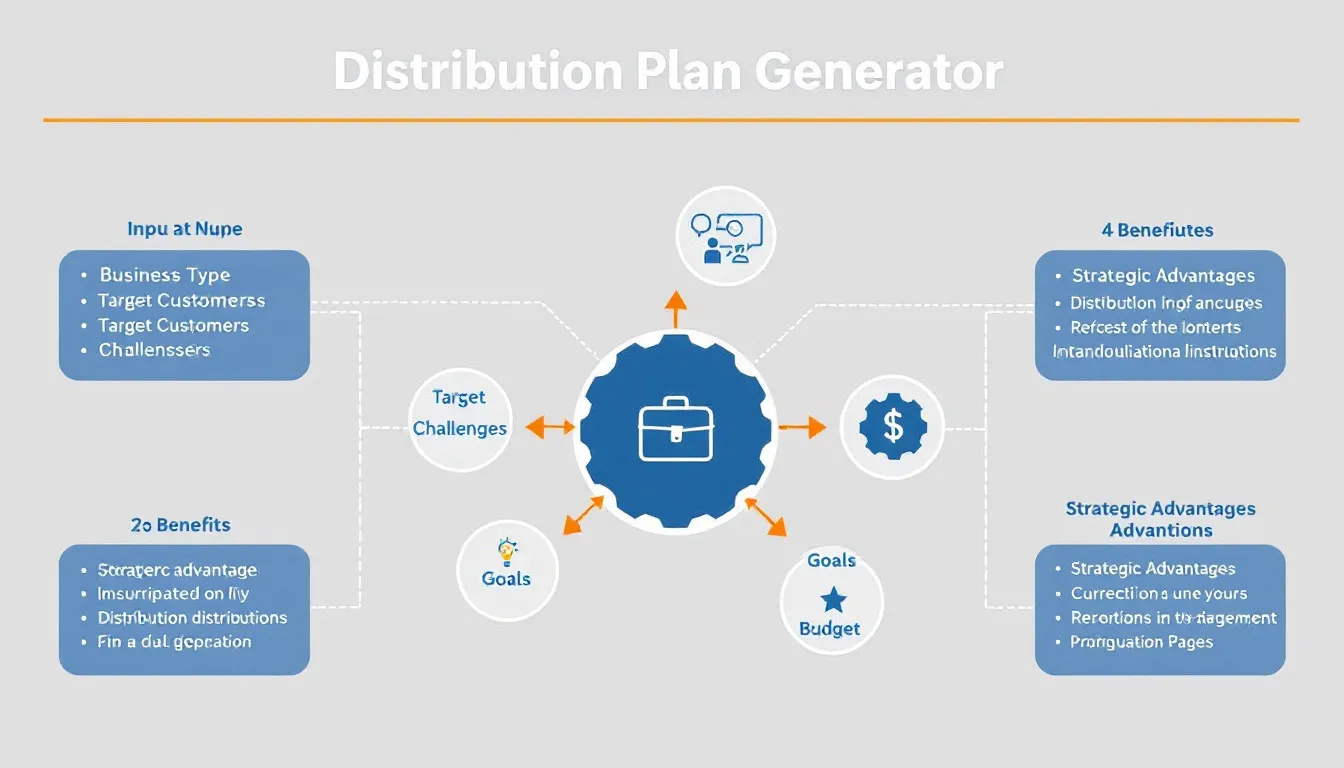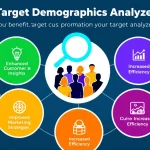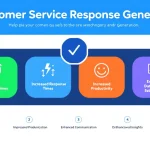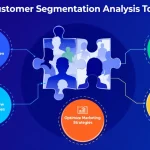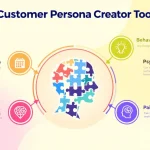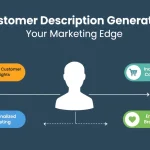Is this tool helpful?
How to Use the Distribution Plan Generator Tool Effectively
To create a comprehensive distribution plan using our tool, follow these step-by-step guidelines:
- Business Type Entry: Input your specific business category or product type. Example inputs: “Handmade jewelry business” or “Enterprise SaaS platform”
- Target Customer Definition: Specify your intended audience demographics and characteristics. Example inputs: “Urban millennials interested in sustainable fashion” or “Medium-sized manufacturing companies”
- Challenges Identification: List your current distribution obstacles and pain points. Be specific about operational, logistical, or market-related challenges
- Goals Specification: Detail your distribution objectives, both short-term and long-term
- Budget Allocation: Enter your available resources for implementing the distribution strategy (optional)
Understanding Distribution Plan Generation
A distribution plan generator is a strategic tool designed to create customized roadmaps for delivering products or services to end customers efficiently and effectively. It considers multiple variables including business type, target market, challenges, and objectives to produce actionable distribution strategies.
Core Components of Distribution Planning
- Channel Selection and Optimization
- Customer Service Integration
- Resource Allocation
- Performance Metrics Definition
- Implementation Timeline
Benefits of Using the Distribution Plan Generator
Strategic Advantages
- Customized planning based on specific business needs
- Systematic approach to channel development
- Enhanced customer service integration
- Clear goal alignment with distribution strategies
- Resource optimization recommendations
Operational Improvements
- Streamlined logistics management
- Reduced distribution costs
- Improved delivery efficiency
- Better inventory control
- Enhanced customer satisfaction
Problem-Solving Capabilities
Market Penetration Challenges
The tool addresses market entry barriers by providing targeted strategies for:
- Geographic expansion planning
- Channel partner selection
- Market-specific customization
- Competitive positioning
Customer Service Enhancement
Distribution plans include specific measures for:
- Response time optimization
- Service level agreement development
- Customer feedback integration
- Support channel coordination
Practical Applications and Use Cases
Retail Distribution Example
A boutique clothing retailer used the tool to develop an omnichannel distribution strategy:
- Business Type: “Premium women’s fashion boutique”
- Target Customers: “Fashion-conscious professional women, ages 25-45”
- Challenges: “Limited storage space, seasonal inventory management”
- Goals: “Expand online presence, reduce delivery times by 40%”
Software Distribution Case Study
A software company utilized the tool for global market expansion:
- Business Type: “Cloud-based project management software”
- Target Customers: “International enterprise clients”
- Challenges: “Local compliance requirements, technical support coverage”
- Goals: “Establish presence in 5 new markets, achieve 99.9% uptime”
Implementation Strategies
Short-term Actions
- Channel partner identification and selection
- Initial resource allocation
- Performance metric setup
- Training program development
Long-term Planning
- Market expansion roadmap
- Technology integration timeline
- Continuous improvement framework
- Scalability considerations
Common Questions About Distribution Planning
Frequently Asked Questions
Q: How often should I update my distribution plan?
A: Distribution plans should be reviewed quarterly and updated annually or when significant market changes occur.
Q: What are the key metrics for measuring distribution success?
A: Essential metrics include delivery time, customer satisfaction rates, cost per unit delivered, and market penetration rates.
Q: How can I optimize my distribution channels?
A: Focus on data-driven decision making, regular performance reviews, and continuous feedback from customers and partners.
Q: Should I use multiple distribution channels?
A: Multiple channels often provide better market coverage and risk management, but should align with your resources and capabilities.
Q: How do I balance cost and service quality in distribution?
A: Utilize data analytics to identify optimal service levels while maintaining cost efficiency through strategic resource allocation.
Q: What role does technology play in distribution planning?
A: Technology enables real-time tracking, automated inventory management, and enhanced customer communication capabilities.
Distribution Success Factors
Critical Elements for Implementation
- Clear communication channels
- Robust performance monitoring
- Flexible adaptation capabilities
- Strong partner relationships
- Customer-centric approach
Risk Management Considerations
- Market fluctuation contingencies
- Supply chain resilience
- Quality control measures
- Compliance management
Optimization Techniques
Continuous Improvement Framework
- Regular performance reviews
- Customer feedback integration
- Process refinement cycles
- Technology updates
Resource Allocation Strategies
- Budget optimization
- Personnel deployment
- Equipment utilization
- Time management
Important Disclaimer
The calculations, results, and content provided by our tools are not guaranteed to be accurate, complete, or reliable. Users are responsible for verifying and interpreting the results. Our content and tools may contain errors, biases, or inconsistencies. We reserve the right to save inputs and outputs from our tools for the purposes of error debugging, bias identification, and performance improvement. External companies providing AI models used in our tools may also save and process data in accordance with their own policies. By using our tools, you consent to this data collection and processing. We reserve the right to limit the usage of our tools based on current usability factors. By using our tools, you acknowledge that you have read, understood, and agreed to this disclaimer. You accept the inherent risks and limitations associated with the use of our tools and services.
